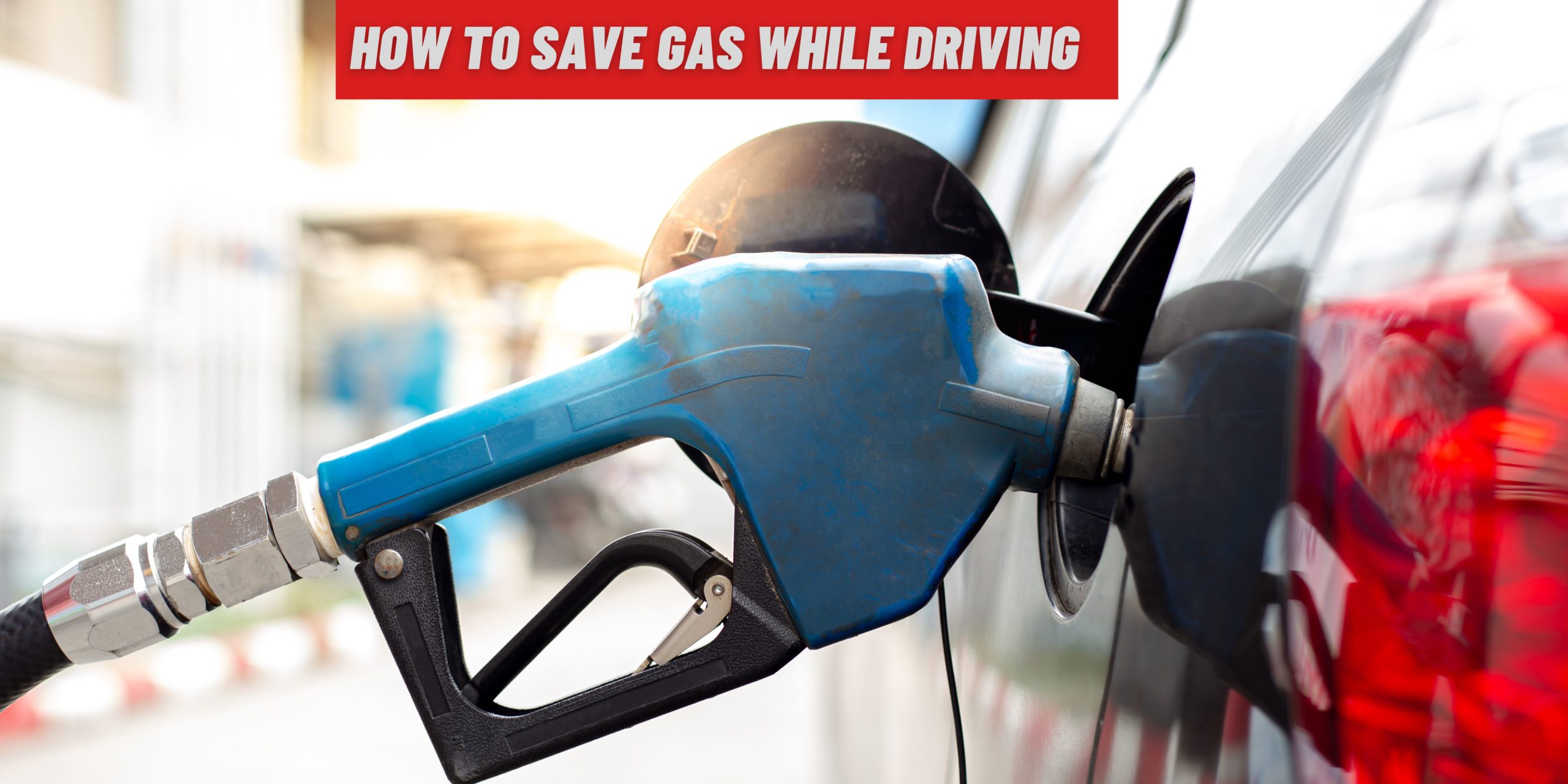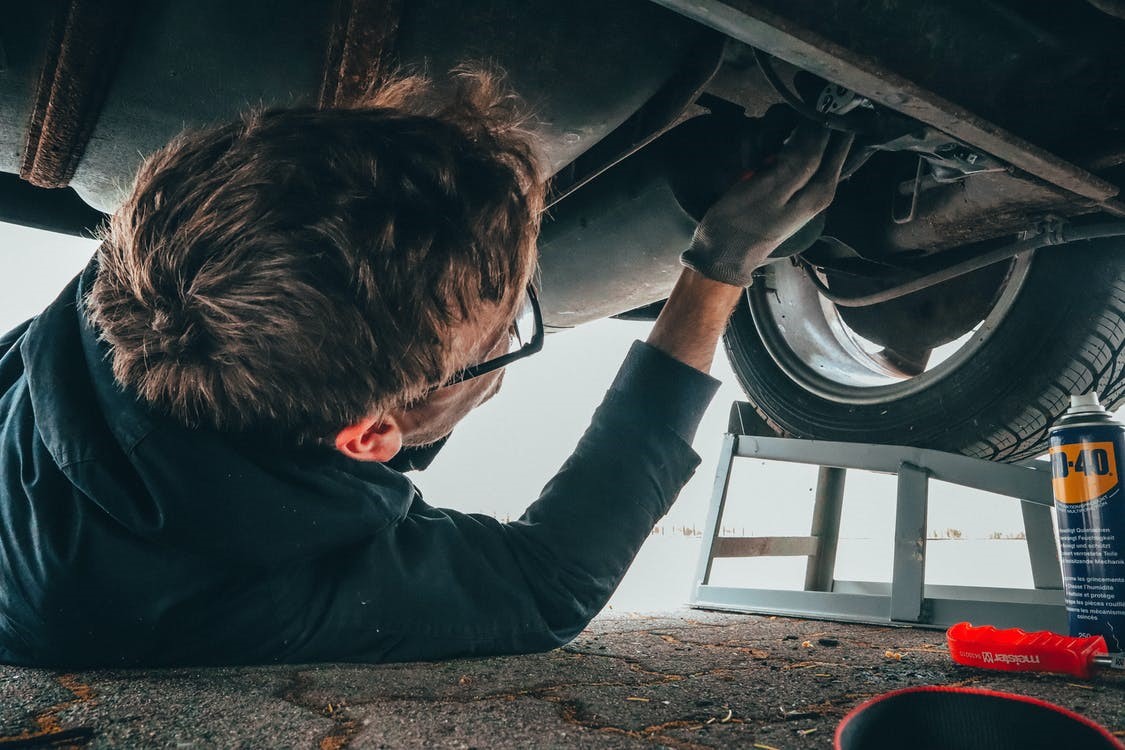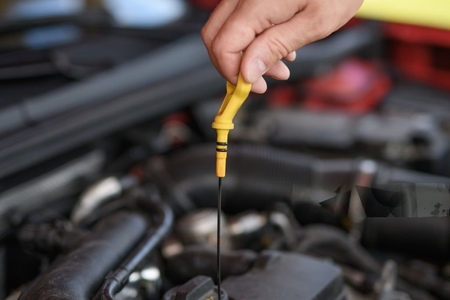It’s a dream of every car owner to consume less gas and save money while driving. Living in an era where inflation comes in almost everything, it is wise to save money on fuel. Gasoline is essential to the functioning of most cars and other motorised vehicles. Without it, you are unable to move your vehicle from one place to another. Unfortunately, gas prices can be expensive and they often fluctuate wildly in price depending on the region and time of year. In addition, burning gasoline causes air pollution which can have negative impacts on our environment and health. That’s why it is important to save gas while driving whenever possible.
12 Tips On How To Save Gas While Driving
Here are 12 of the best ways to save gas while driving:
1. Follow the speed limit:
Speed limits are an important way of controlling fuel consumption. When drivers follow posted speed limits, they reduce the amount of time and energy it takes to get from one place to another, thus using less fuel in the process. Since vehicles burn more fuel per mile at higher speeds, driving within a lower speed limit can significantly reduce gas consumption. Additionally, at higher speeds, more energy is lost due to air resistance. This means that the engine has to work harder and burn more fuel in order to move the vehicle forward.
2. Monitor tire pressure:
Monitoring tire pressure can have an effect on fuel consumption. Properly inflated tires are essential for good vehicle performance and optimal fuel economy. When tires are under-inflated, more of the tire surface is in contact with the road, creating a greater rolling resistance that causes your engine to work harder and your vehicle to use more fuel . In addition, under-inflated tires tend to wear more quickly, requiring more frequent replacement and further increasing fuel costs.
3. Minimise idling:
Idling is an unnecessary waste of fuel. Instead of idling, turn off the engine when you know that you’ll be stopped for more than a minute or so – like while waiting at traffic lights, in drive-thrus, etc. This will help you save on both gas and money.
4. Use cruise control:
Using cruise control can help you maintain a steady speed which increases fuel efficiency. Cruise control helps to reduce accelerating and decelerating, thus lessening fuel consumption.
5. Avoid jackrabbit starts:
Jackrabbit starts to cause engines to use more gas than necessary. Hard accelerations require more fuel than gentle ones. When you accelerate slowly, your engine will use the most efficient amount of energy for the speed you are going and help save fuel in the process.
6. Avoid excessive braking:?
Excessive braking is another way to waste fuel. When you brake hard or quickly, the car has to slow down quickly which causes your engine to use more fuel than necessary. When you can, try to coast or use light braking instead of hard braking to help reduce your fuel consumption and save money on gas.
7. Use air conditioning sparingly:
Air conditioning is one of the major contributors to increased fuel consumption. If possible, it’s best to open the windows when driving at lower speeds and save the air conditioning for when you’re driving at higher speeds.
8. Park in shaded areas:
When parking your car, try to choose a spot that is in a shaded area. This will help keep the interior of the vehicle cool and reduce the amount of time you need to run the air conditioner upon entering the car.
9. Keep your vehicle well-maintained:
It’s important to keep your car well-maintained in order to improve fuel efficiency and save money on gas. Make sure you get regular oil changes, tune-ups, and other maintenance as needed for your vehicle to help it run more efficiently.
10. Lighten your load:
Extra weight causes vehicles to use more fuel, so try to keep the weight of your car as light as possible. Remove any unnecessary items from the vehicle such as golf clubs, camping gear, or other bulky items that you don’t need for the drive.
11. Avoid rush hour traffic:
Rush-hour traffic can significantly increase fuel consumption. If possible, try to avoid rush hour traffic or plan your trips around times when the roads are less congested. This will help reduce fuel consumption and may even save you time during your commute too!
12. Combine errands:
Combining errands into one trip can help reduce fuel consumption. Planning your errands in advance and mapping out the most efficient route can help reduce the amount of time you spend driving and also save on gas costs.
13. Use the right motor oil:
Using the correct grade of motor oil for your vehicle can also help improve fuel efficiency. Consult your owner’s manual or a trusted mechanic to determine which type of oil is best for your car.
14. Check tire alignment and rotation regularly:
Checking and maintaining proper tire alignment, balance, and rotation helps your vehicle use the least amount of fuel possible. Have a mechanic check your tires regularly to ensure they are in good condition and properly aligned.
15. Consider a fuel-efficient car:
Finally, if you’re looking to maximize your gas mileage, consider investing in a more fuel-efficient car that can help reduce your overall fuel costs. Hybrid, electric, and diesel vehicles are some of the most fuel-efficient cars on the market.
These tips can help you save money on gas and improve your car’s fuel efficiency. By taking a few simple steps to reduce your consumption, you can make a big difference in your fuel expenses over time.
Wrap Up
Improving your car’s fuel efficiency isn’t always easy, but it can be done. By following the tips outlined above and taking steps to reduce your consumption, you can save money on gas and keep your vehicle running more efficiently for longer. Good luck!




